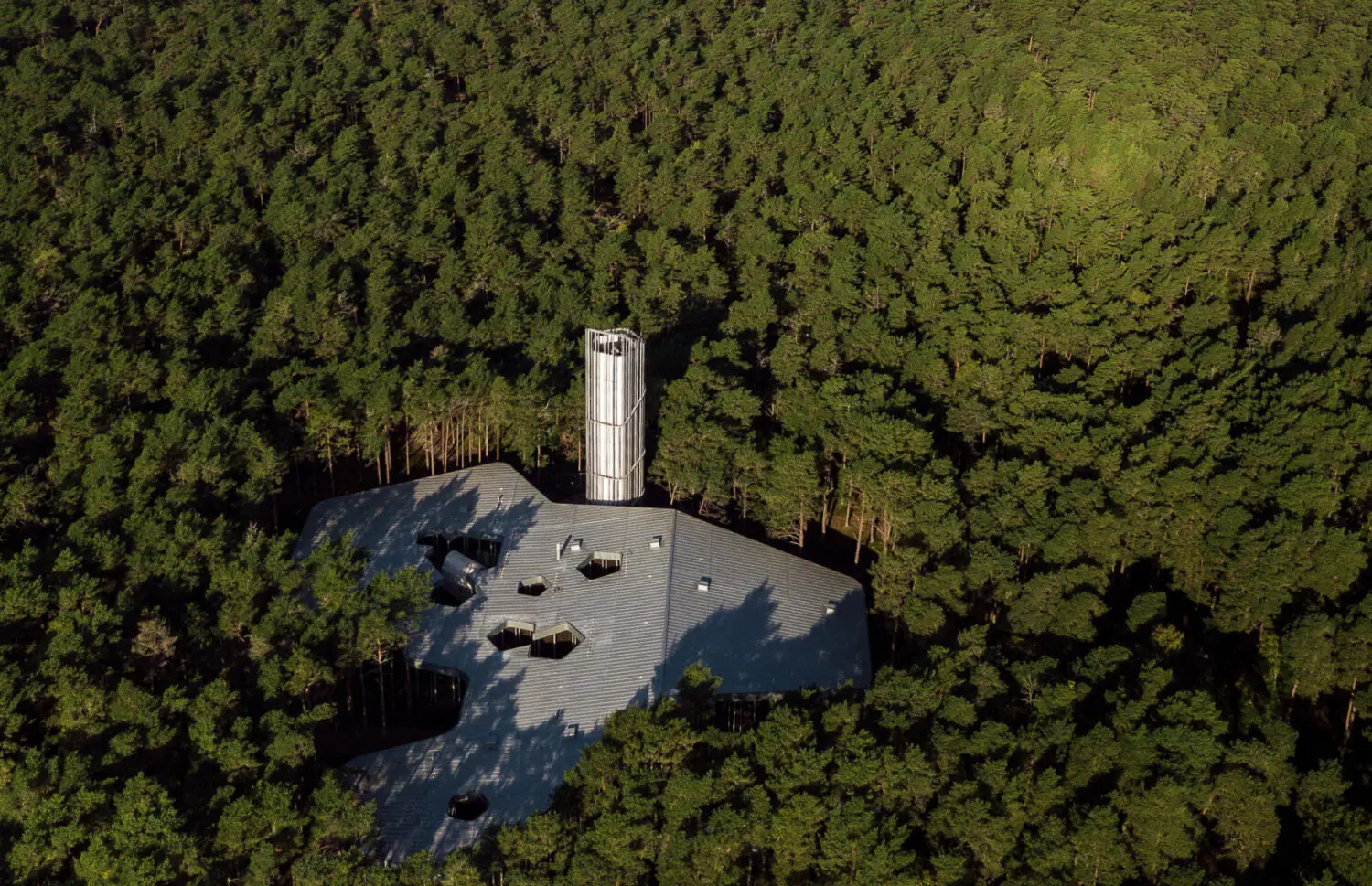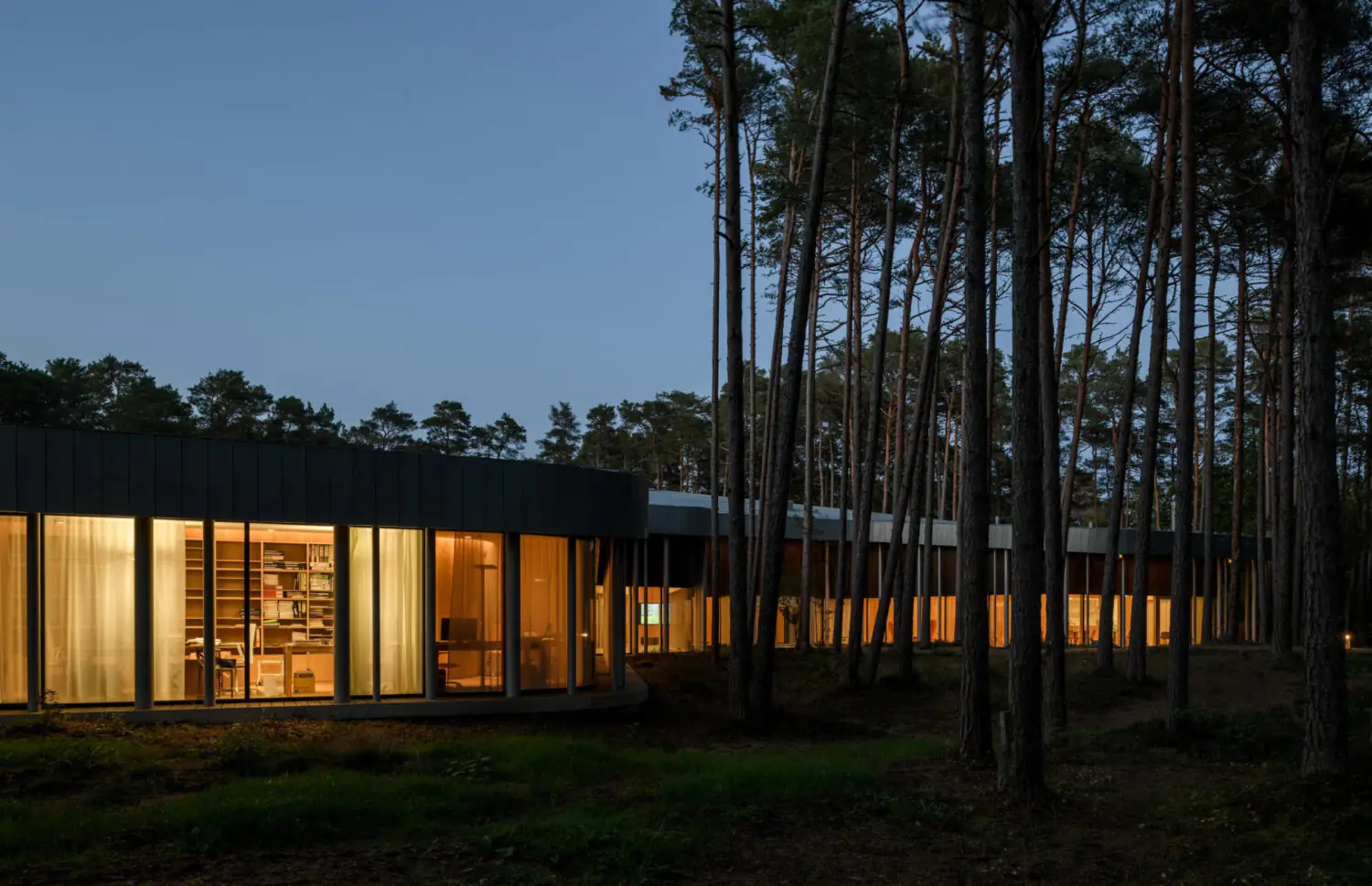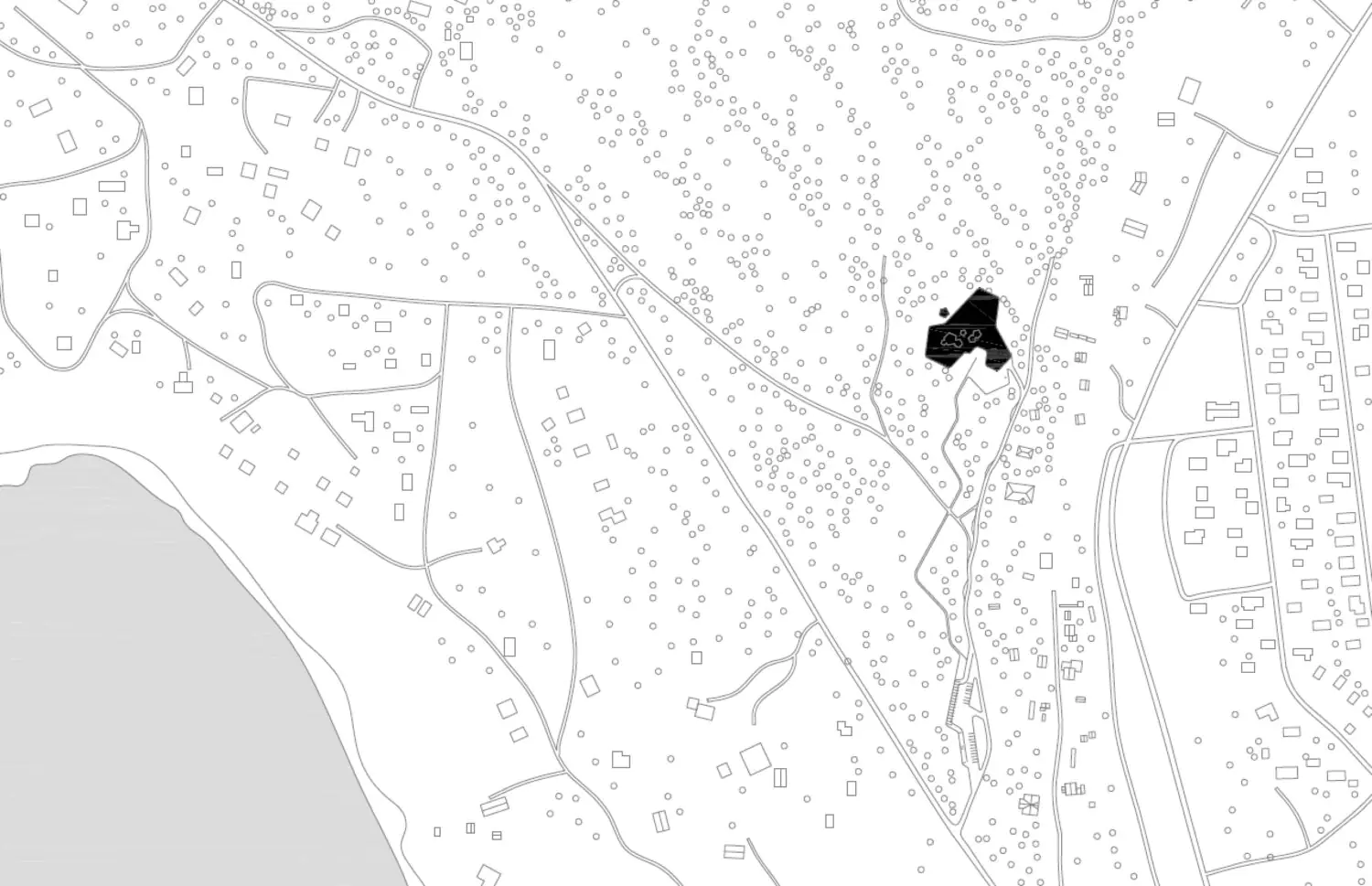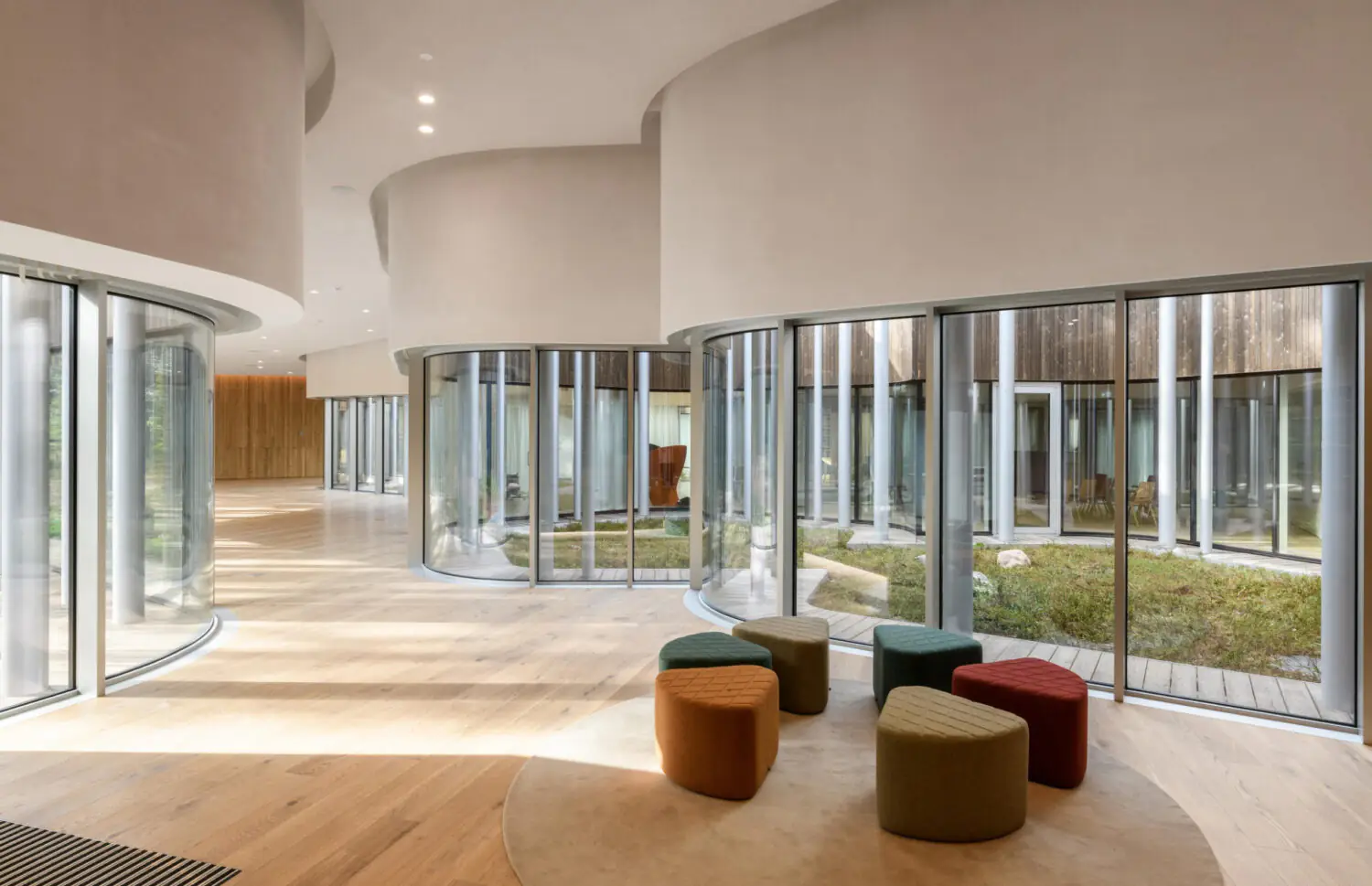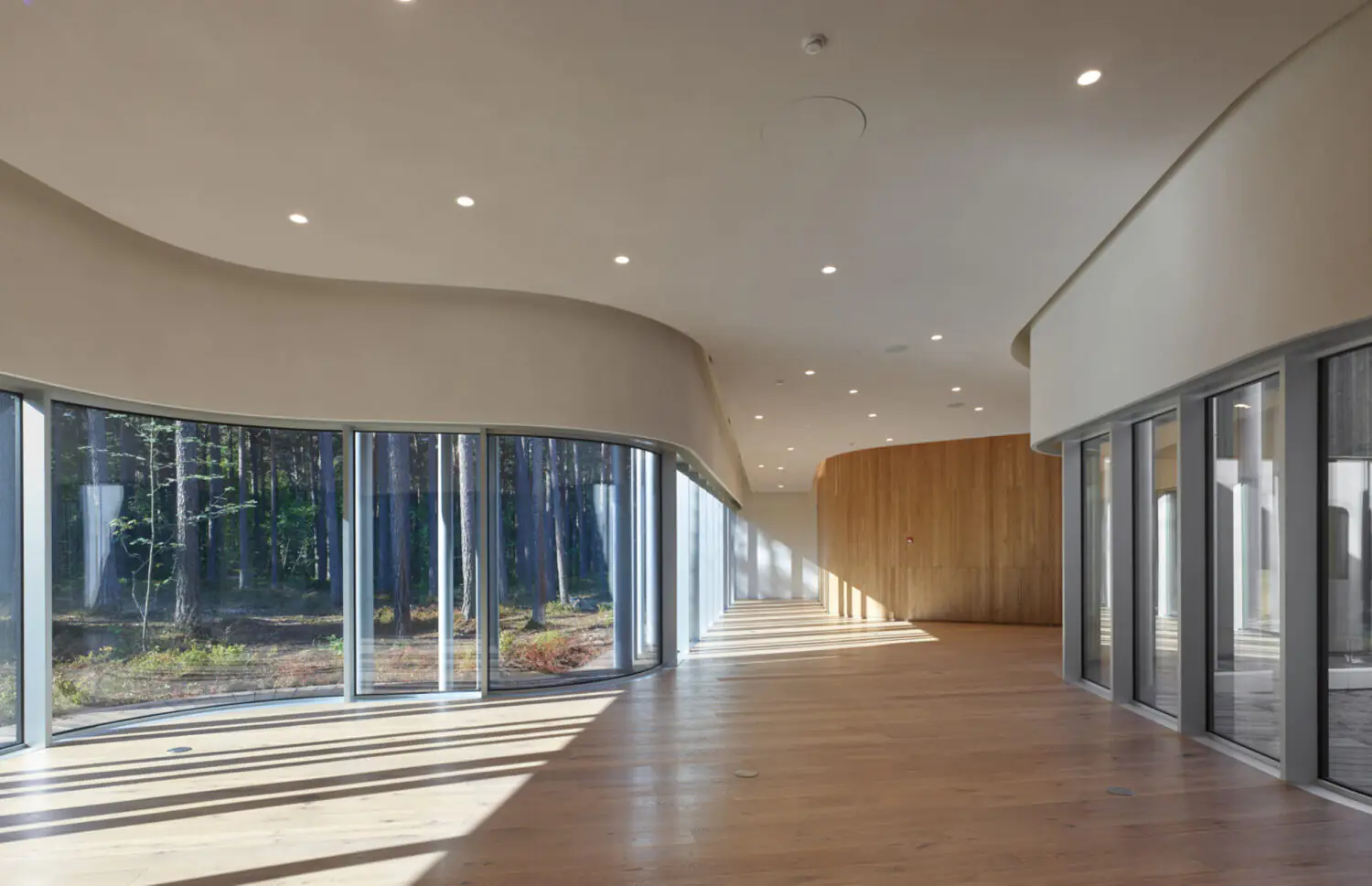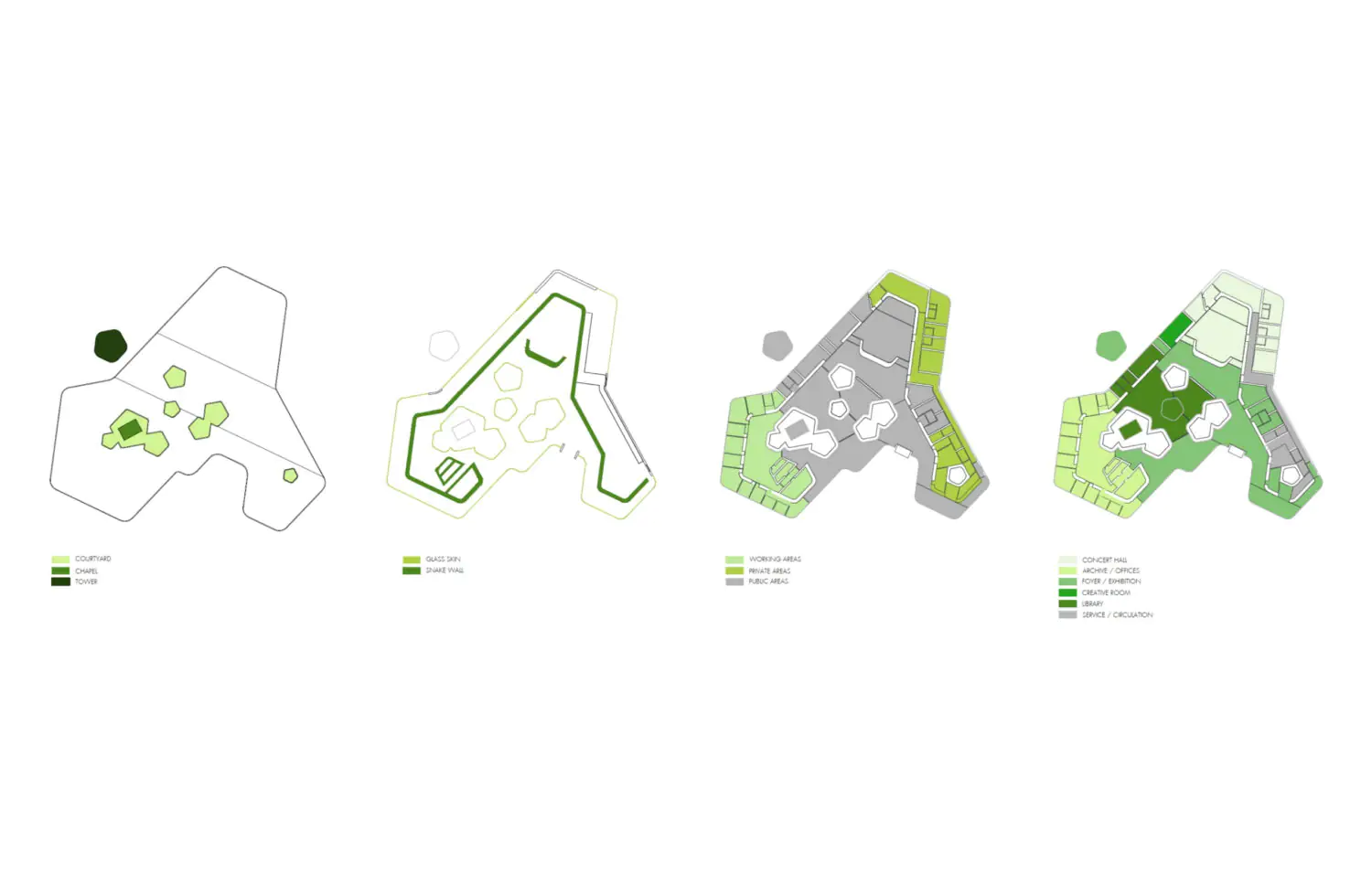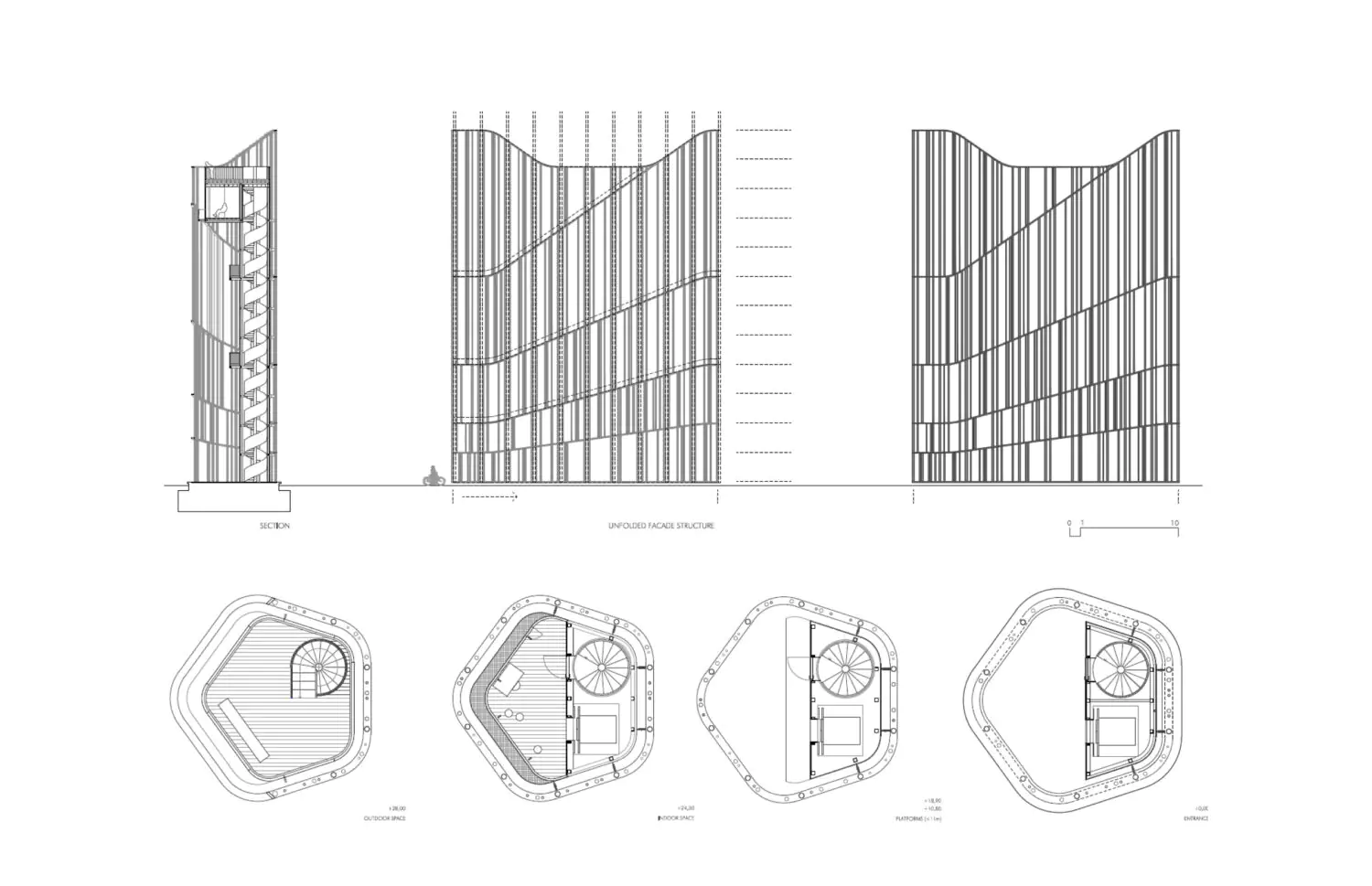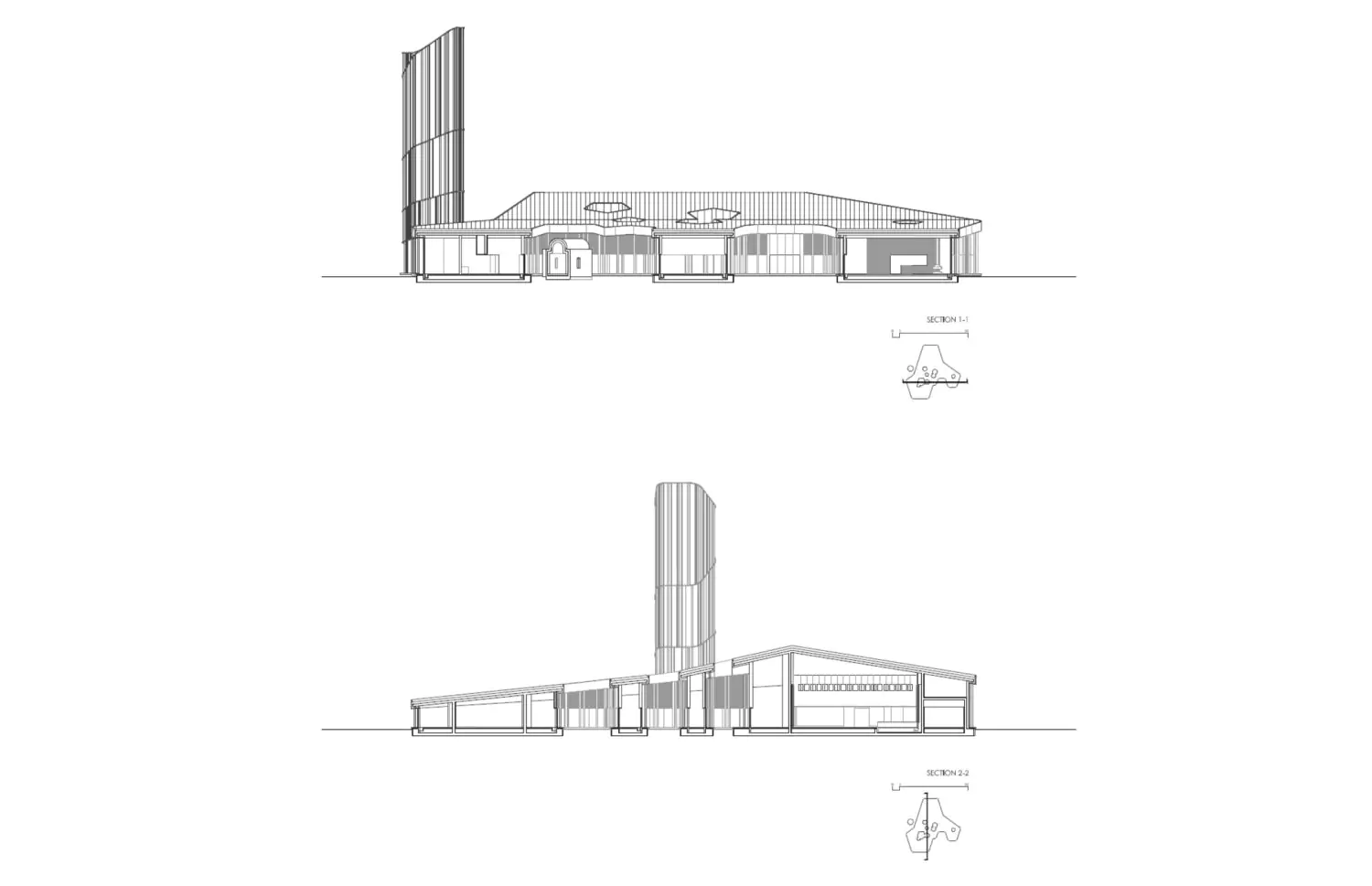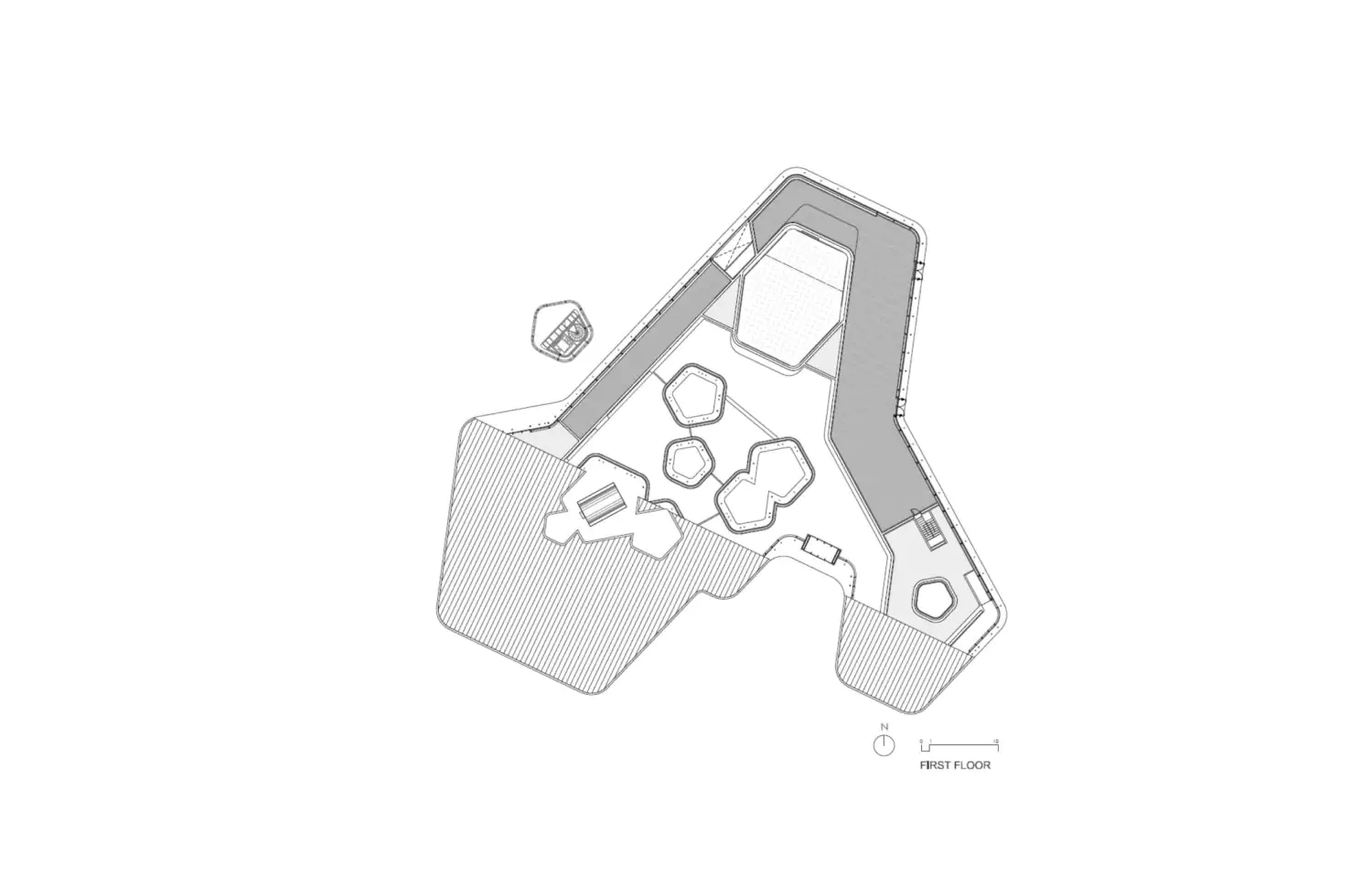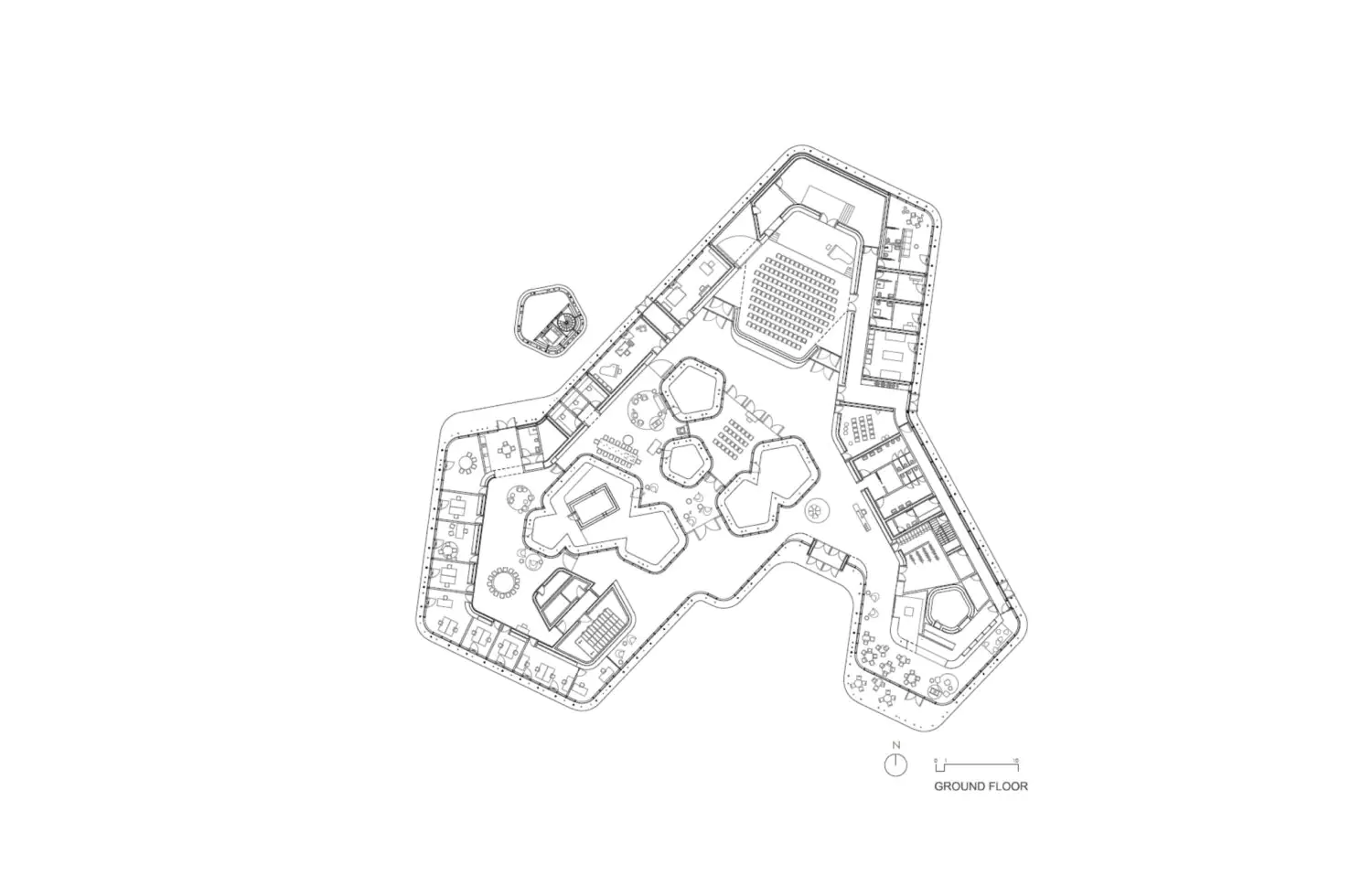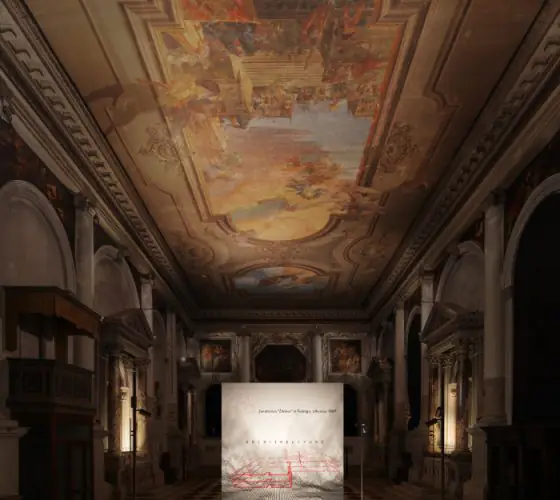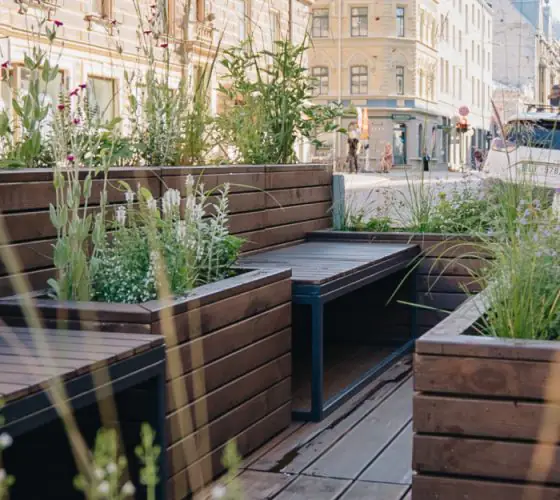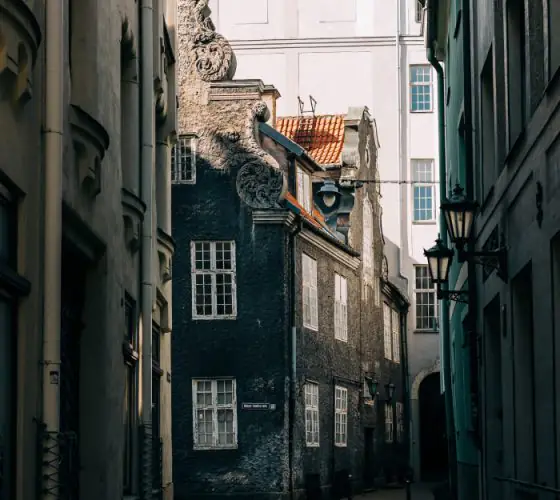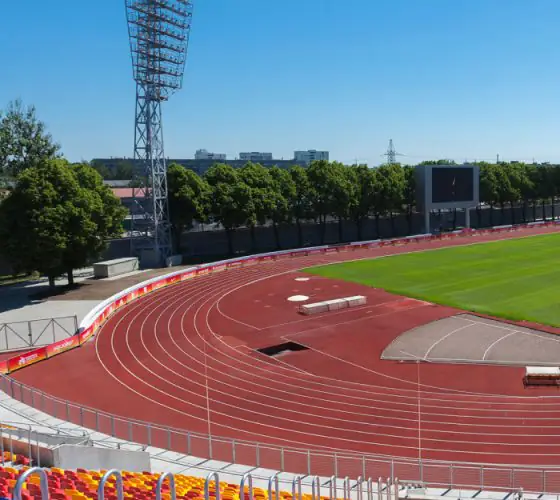“What is the cost of a sound or a word? By thousands, they flow past our ears and have numbed our reception apparatus. To carefully consider each sound, word and act.”
Arvo Pärt
Who is Arvo Pärt?
Pärt is a composer who is sometimes referred to as the “Estonian sacred minimalist”. Pärt defines his musical language and composition technique as tintinnabuli (from the Latin tintinnabulum—“bell” used in liturgy). Pärt developed it under the influence of Western and Eastern traditions of Christian worship, encoding religious texts as numbers and turning them into musical motifs.
In 1976, the composer created his first tintinnabuli work, a piano piece Für Alina (Aliinale—Est.), dedicated to the daughter of his friends. Today it is one of his best-known compositions.
Pärt never gave lessons and had no school of his own. However, he can be called one of the most influential composers of his time. His music became a symbol and synonym for the “new simplicity”: it was heard in Andrei Zvyagintsev’s films and on concert stages around the world, and Björk, Sigur Ros and Thom Yorke of Radiohead called him their idol. Andrei Tarkovsky admired Pärt’s work—the two geniuses met during the filming of the movie “Stalker” in Tallinn. Pärt later dedicated the album Arbos to the director.
Pärt recently celebrated his birthday: he turned 88 on September 11. He was born in Paide, Estonia, and after studying at the Tallinn State Conservatory he worked as a sound engineer for Estonian Radio. He composed music in his spare time, but he was not able to play on large stages because of his overly avant-garde character and Christian faith, he often had confrontations with Soviet officials.
Eventually he was pushed out of the country—in 1980 Pärt was forced to emigrate with his family to Vienna and then to Berlin. He returned to his homeland almost 40 years later, in 2010, and still lives in Laulasmaa, 35 kilometers from Tallinn, where a center named after him was later opened. Today, Pärt is the most performed composer in the world.
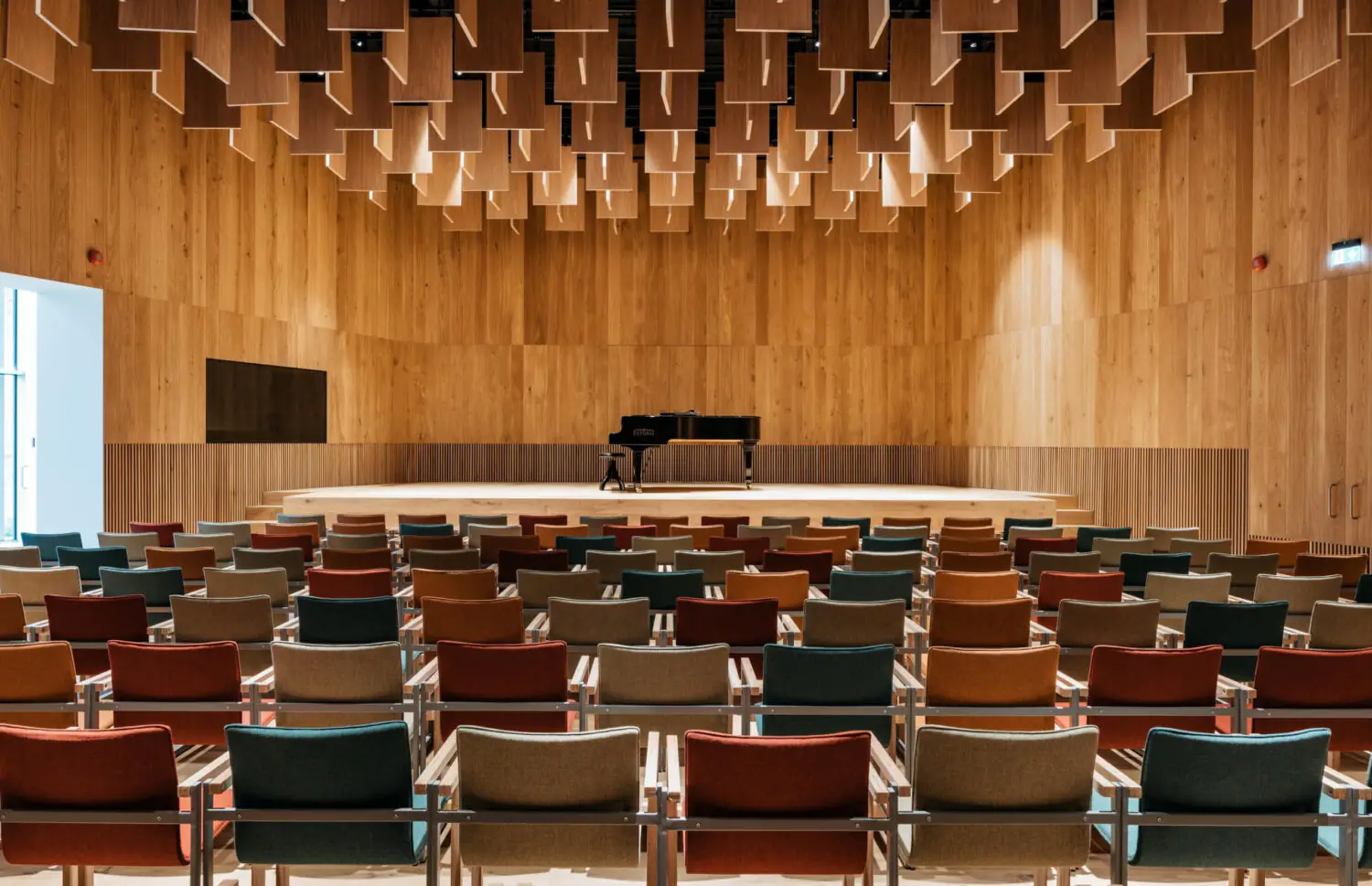
archi.ru
Arvo Pärt Centre
Originally, the Pärt Center was located in his private house. It was decided to build a new building to popularize the composer’s legacy and open his archive to researchers.
In 2014, the Arvo Pärt Center and the Estonian Union of Architects held a large international architectural competition and selected the authors of the project. It was the Spanish bureau Nieto Sobejano Arquitectos, headed by architects Fuensanta Nieto and Enrique Sobejano. The studio has designed important cultural and educational buildings, including a library in Madrid and an extension of the Moritzburg Museum in Germany. They also have exhibited their work at the Venice Biennale and the MoMA Museum in New York.
The jury, which included the Japanese architect Sou Fujimoto and Arvo Pärt’s son Michael Pärt, called that project “architecturally fresh”. The architects themselves said they were delighted by the “purity of mathematical sequences” in Pärt’s music and his ability to create such powerful poetic emotions through very simple sounds.
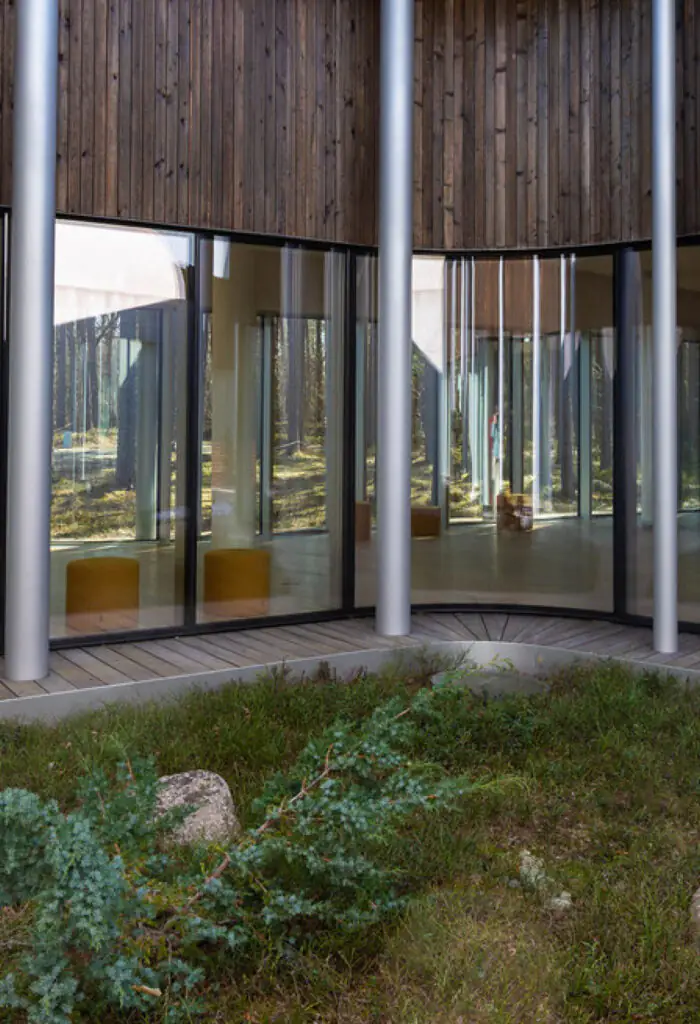
ameli-sa.livejournal.com
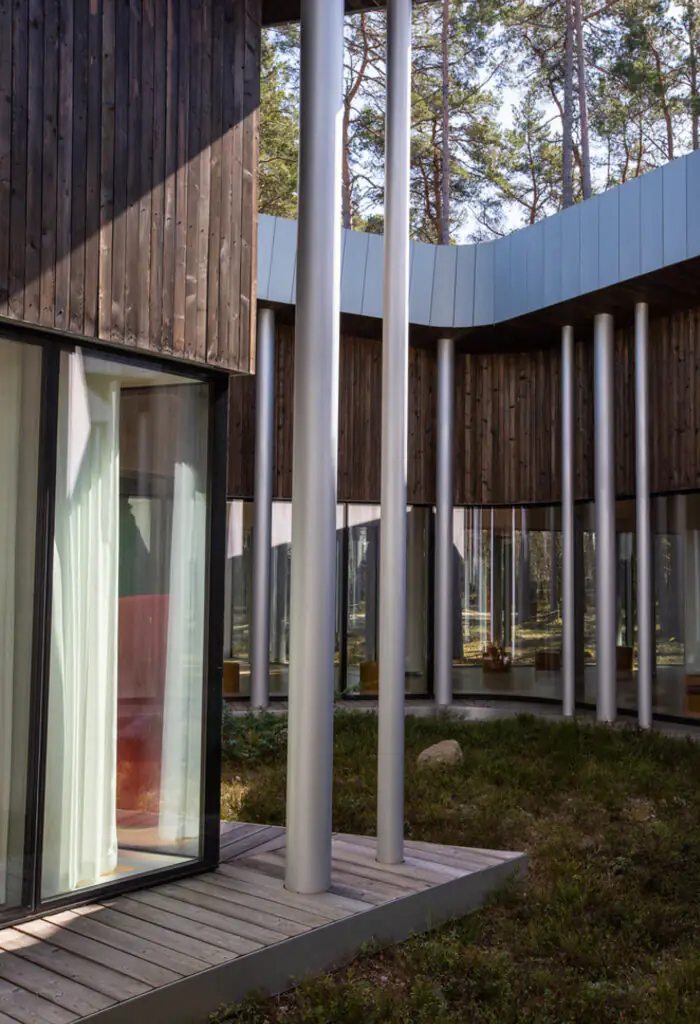
ameli-sa.livejournal.com
In May 2017, work began on the construction site. On October 17, 2018, the building was opened to the public.
Architecture of the Centre
This 37,441 m2 building is the embodiment of Pärt’s music, from which Nieto Sobejano Arquitectos drew inspiration. They explored the relationship between music structured by time and space organized through architecture. Time and space are dichotomies that link music and architecture, Nieto and Sobejano say. Time is generally considered the principle that structures musical composition—just as architecture sets the parameters of space.
The architects also wanted to find a balance between two dimensions: the intimate character of Pärt’s music and the beauty of Estonian nature. “To keep alive and interpret in architectural terms the creative legacy of Arvo Pärt means to find a balance between the intimacy of his musical compositions and the powerful beauty of the Estonian landscape” they said immediately after winning the competition. They drew inspiration from “Tabula Rasa”, another of Pärt’s famous works.
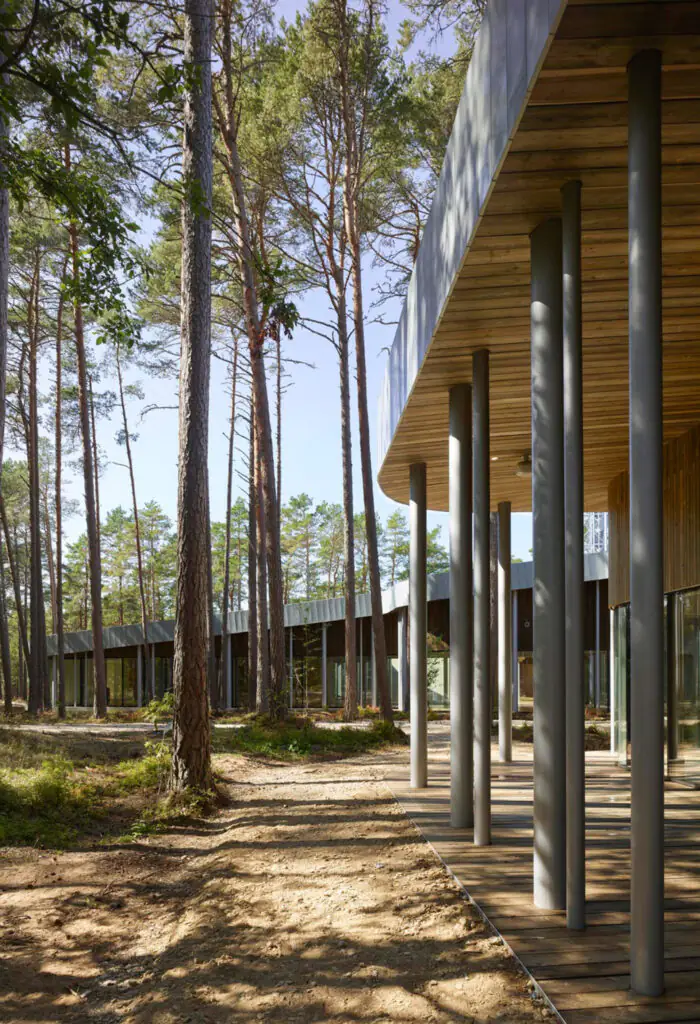
divisare.com

divisare.com
The center is located in the woods. To reach it from the parking lot, it takes a few minutes to walk along a path. This was done intentionally so that visitors could immerse themselves in the meditative atmosphere of a pine forest on the Baltic coast. With the exception of the observation tower (which we already wrote about in this article), all the main spaces are located at ground level.
The curved walls of glass, wood and metal flow gently across the landscape, and when you stand next to it, the building seems to have no beginning or end. It is perceived as a continuous structure, around and within which you can take different routes—there are no main or secondary spaces. The rhythm of the exterior and interior columns echoes the rhythm of the surrounding pine trees and Pärt’s music. The columns are placed at different distances from each other in order to regulate the level of light in the interior.
The plan of the building consists of wavy lines and pentagonal shapes that correspond to the golden ratio. The interiors are full of light and air: light shades, floor-to-ceiling glass, pale wall and floor. The spaces are divided by patios, which allow the building to get even more sun and feel closer to nature.
In the largest courtyard there is a concrete chapel designed as a kind of abstraction of a Greek-style Orthodox temple. Once Pärt experienced an eight-year creative crisis, which he managed to overcome by immersing himself in Orthodoxy and studying Gregorian chants —this influenced the development of his compositional style.
Next to the building, above the pine trees, there is an observation tower made of thin metal columns of gray-silver hue. To get to the top, you have to climb a spiral staircase or elevator. Here you’ll get a view of the pine trees and the Baltic Sea.
The tower is another element in which the dichotomous nature of the project is manifested: as the architects point out, two opposing impulses arise during the design process—the desire to merge closely with the soil and the desire to achieve weightlessness and ephemerality.
The building has been widely recognized in the architectural community. In 2019, it was shortlisted for the Mies van der Rohe Prize, which is considered one of the most important architectural awards in the European Union.
Spaces
The Pärt Center is a very open, but at the same time very intimate space. It is open to the public from Wednesday to Sunday: you can come here to explore the composer’s archive, his scores, digital recordings, drafts, letters and photographs.
One of the spaces farthest from the entrance is a cozy library with a fireplace. Here Arvo and his wife Nora’s personal books are kept. It is not only works of music and art, but also theological literature, which occupies about half of the collection.
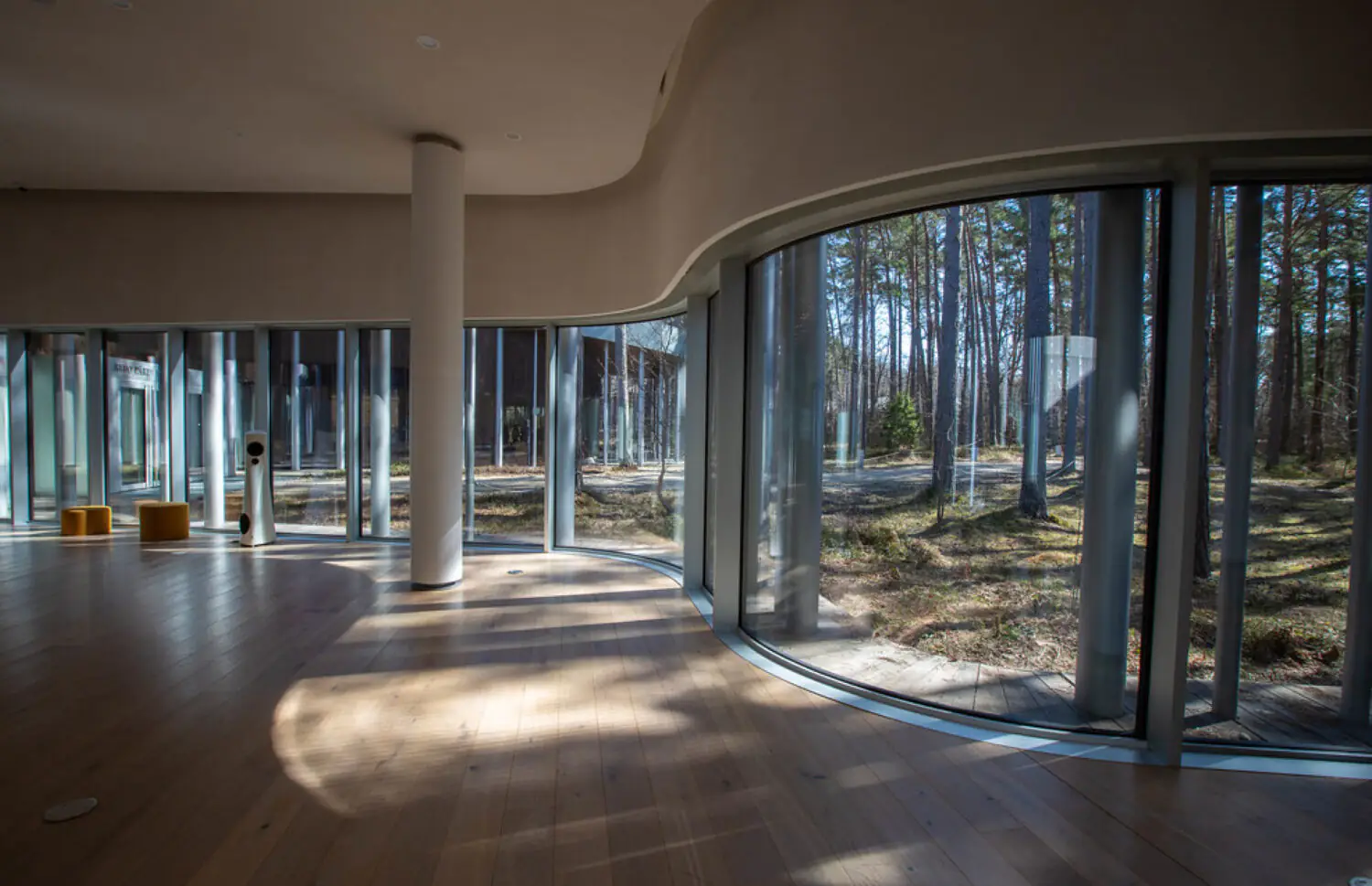
ameli-sa.livejournal.com
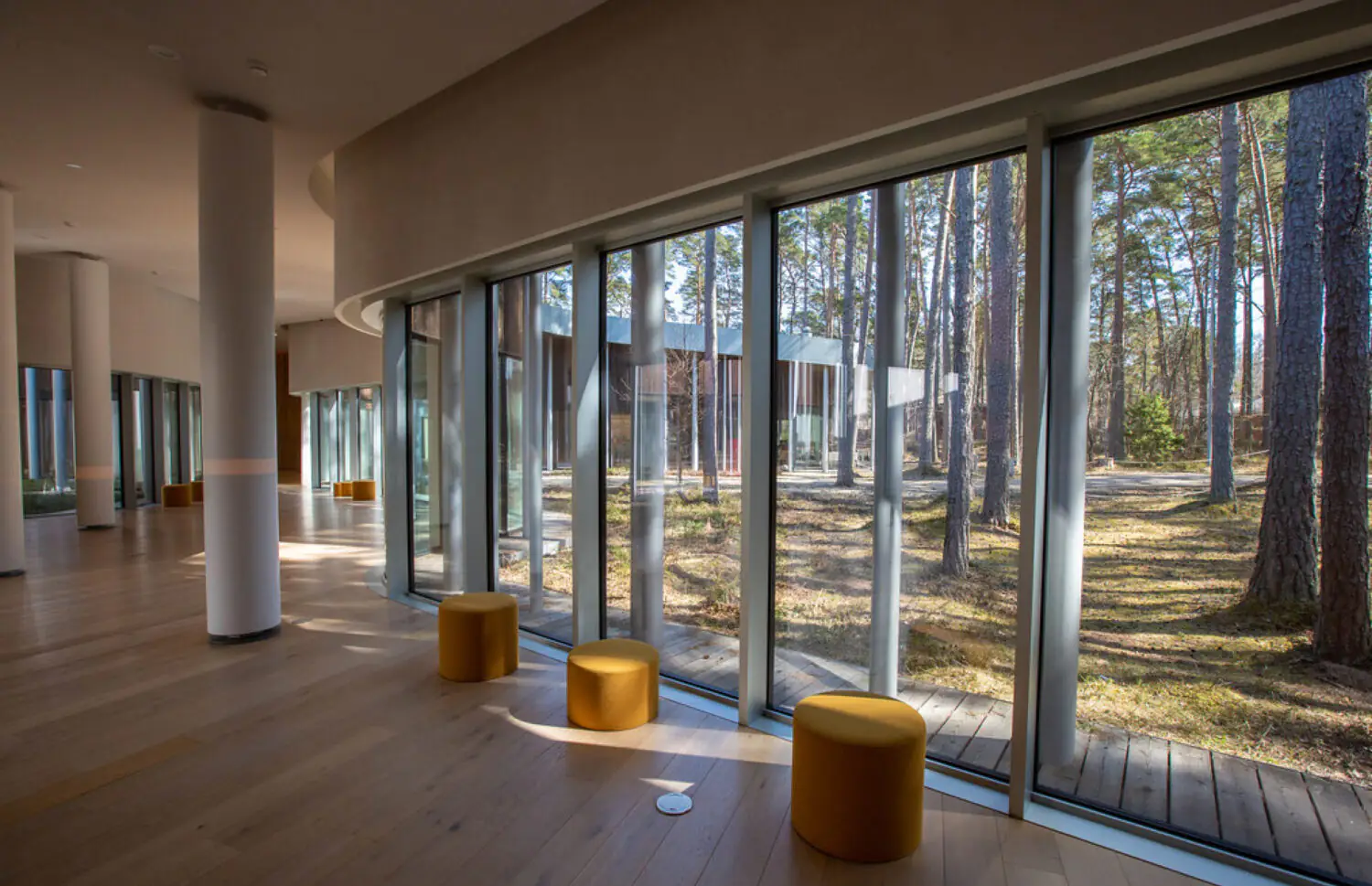
ameli-sa.livejournal.com
The Center also has a 150-seat concert hall with a view to the forest, which sets a special mood for performances and recordings. Sometimes you can catch musicians practicing here—rehearsals are completely free to attend.
Pärt likes the project very much. Here is what he said about i
“There seems to be a secret in this building, an invitation. It is beauty calling us. A rare gift given by architecture and architects. I sometimes walk alone here late in the evening when the work is done and lights switched off, I like to make a tour around the building.
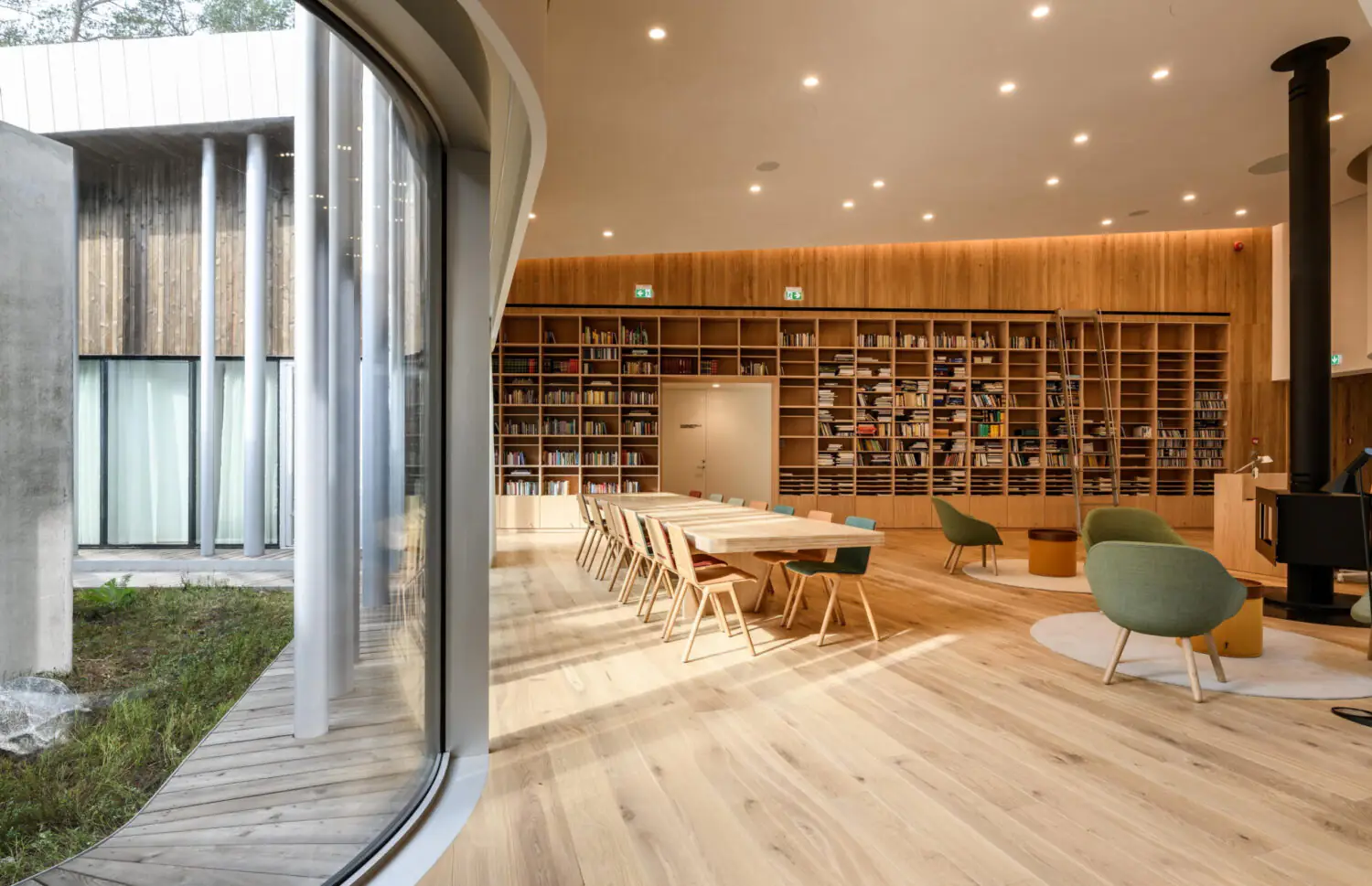
archi.ru
The architects have envisioned everything so comprehensively—it seems that there are doors in front of us opening to countless issues and also into ourselves. The centre does not appear as a working space, it seems to be alive. I feel like home here, home of homes.”
And in this video, Pärt’s son Michael Pärt talks about the project:


